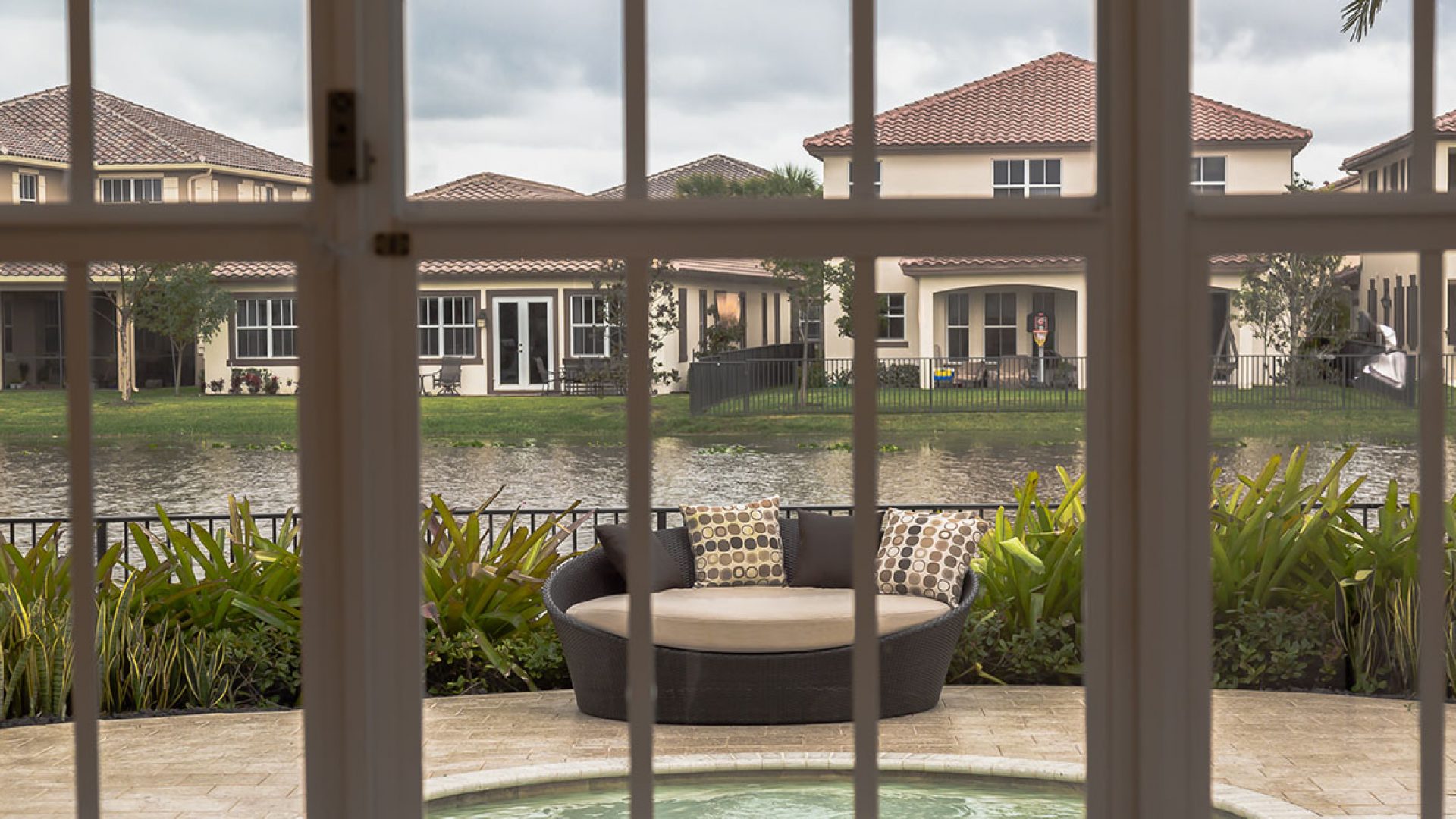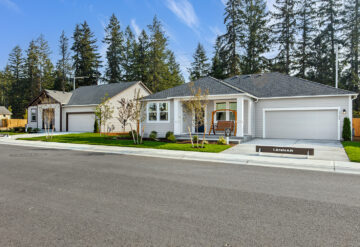The year Ronald Reagan became the 40th president of the United States the median home price was $52,739. Sounds like a dream, but what would that mean in today’s dollars? A special report from the team at 24/7 Wall St gives insight into how home prices have really changed through the years.

People love telling stories about how a home purchased years ago for next to nothing is today worth hundreds of thousands of dollars or more. Truth is, those tales might be overestimating real estate as an investment. While a home bought in 1930 for around $6,000 may be worth roughly $195,000 today, when adjusted for inflation, the appreciation is not as impressive as it seems. Since 1930, inflation-adjusted home values have increased by a modest 127%, or less than 1% each year.
24/7 Wall St. reviewed real estate data from the Case-Shiller Home Price Index and the U.S. Census Bureau. According to research conducted by economist Robert Shiller, major increases in real estate values took place over two distinct periods: the post-World War II housing boom, and the subprime housing bubble leading up to the 2007-09 recession. Outside of these spikes, national home prices have remained relatively stable.
Several factors after World War II, during the first major increase in home prices, drove up housing demand. Government rationing during the war had caused a limited supply of homes, and the 1944 G.I Bill, which subsidized home purchases for millions of soldiers, further increased demand. While the construction of new homes increased considerably at this time, it was still outpaced by demand, and home values spiked.
Unlike the housing bubble that occurred 60 years later, the post-war housing boom stabilized. By the late 1940s, the national median home price had plateaued around $130,000, where it would remain roughly unchanged for the rest of the century.
Another housing boom began in the early 2000s. Easy access to credit, favorable tax policy, low mortgage interest rates, and an increased enthusiasm for homeownership drove up demand for housing. The homeownership rate peaked at 69.0% in 2004, up significantly from 47.8% in 1930. When many of these homeowners could not afford to pay their mortgages, foreclosures spiked and home prices plummeted.
Read the full article and find out how much a home cost the year you were born: How Much a Home Cost the Year You Were Born – 24/7 Wall St.




